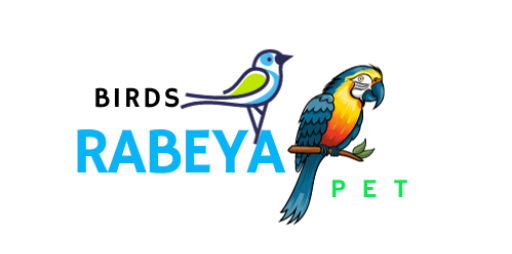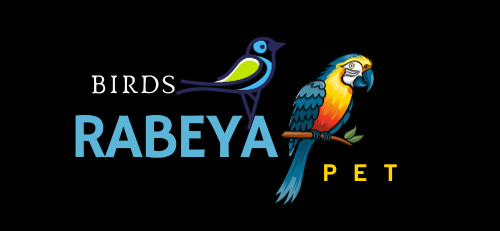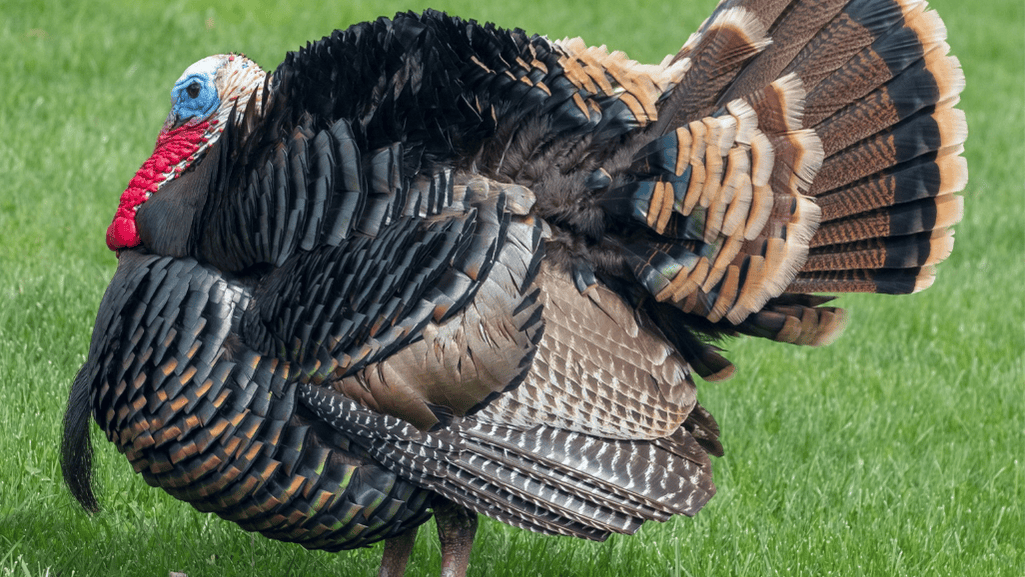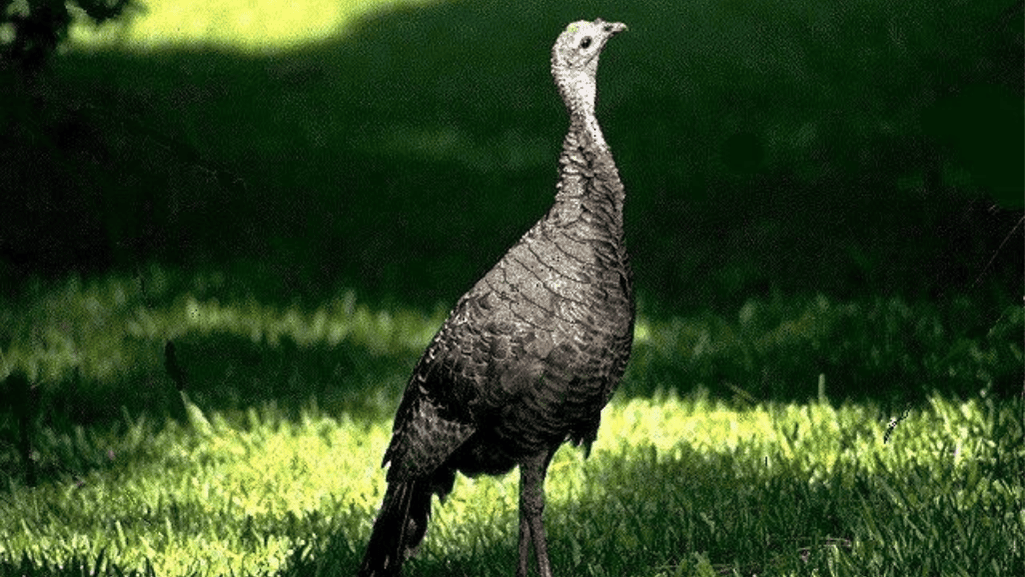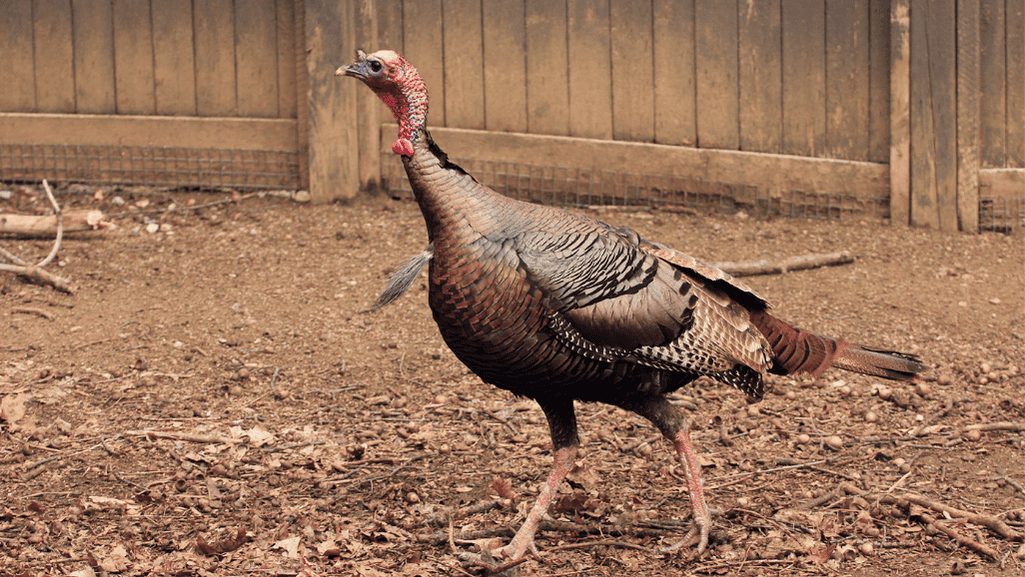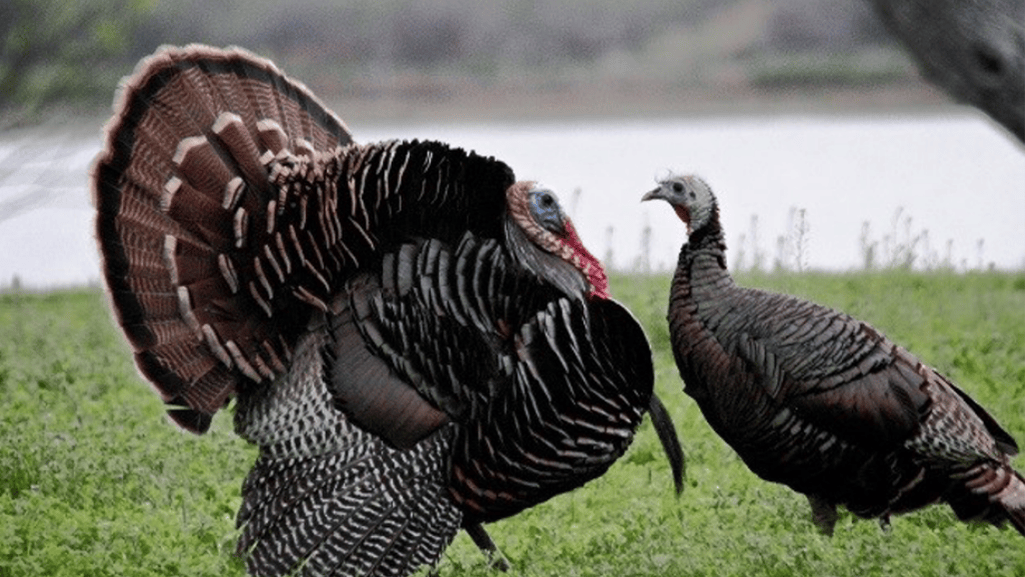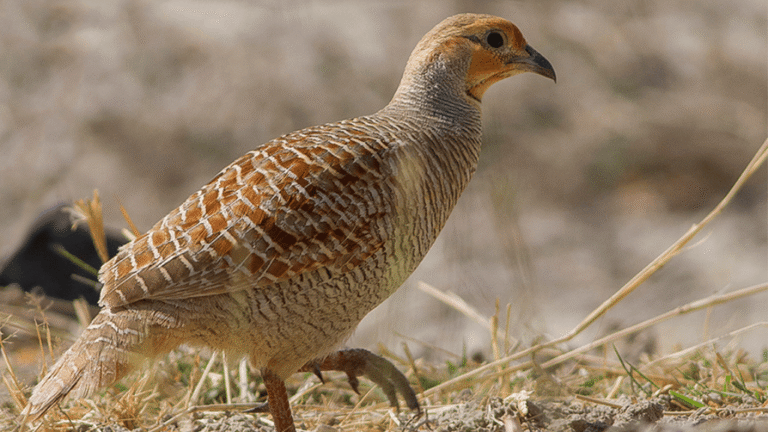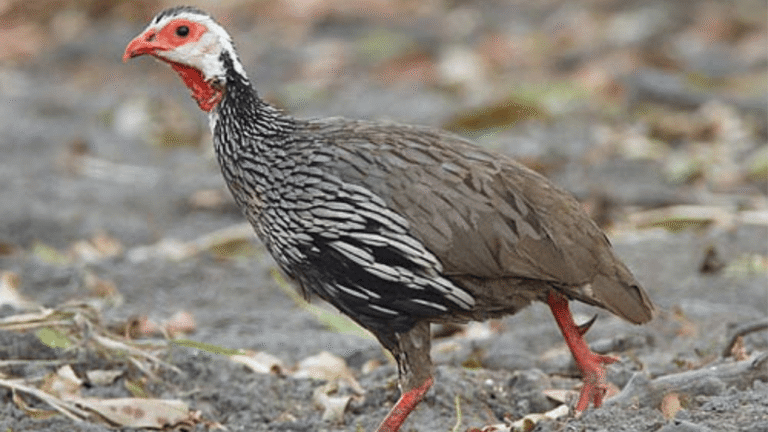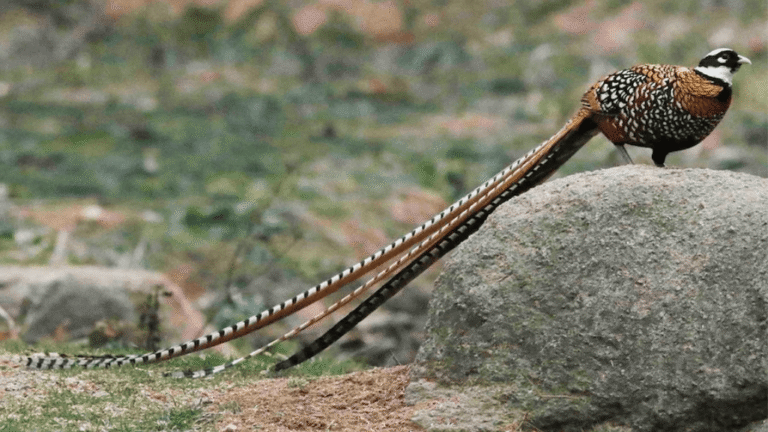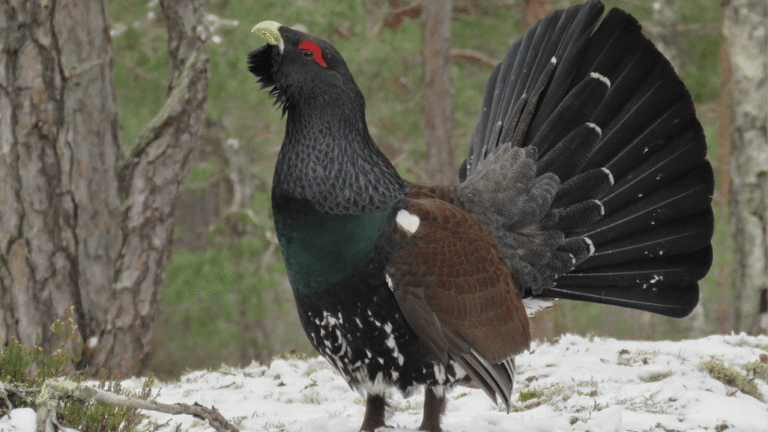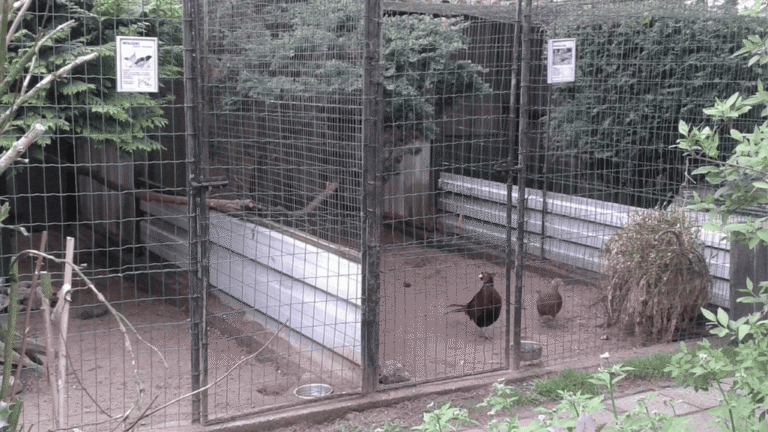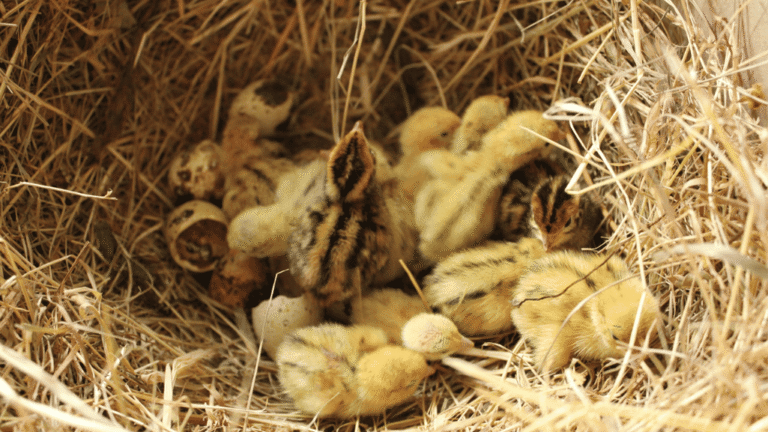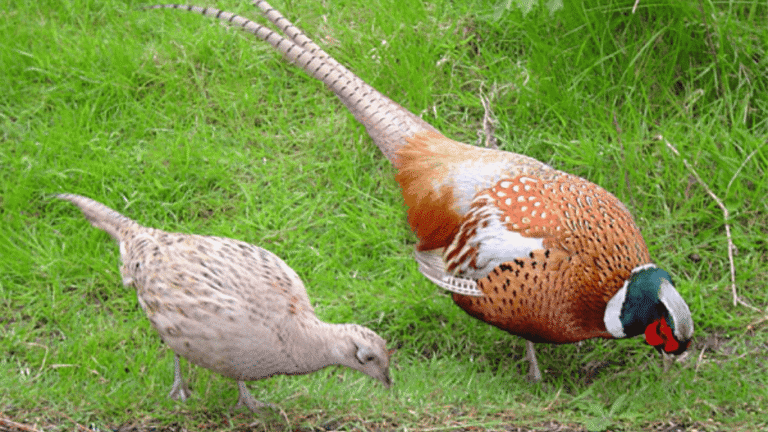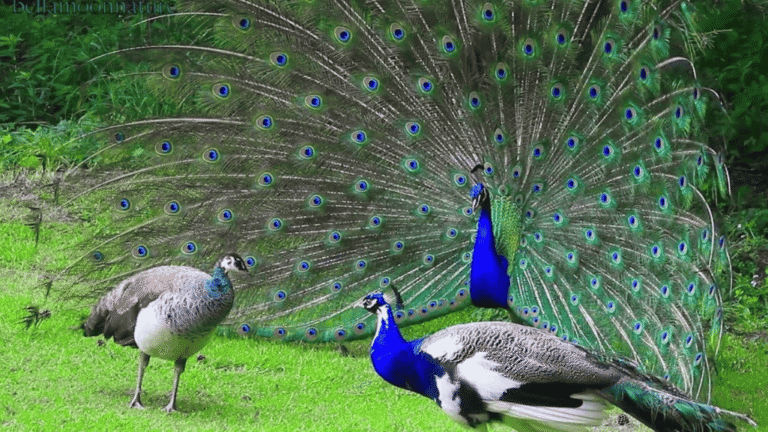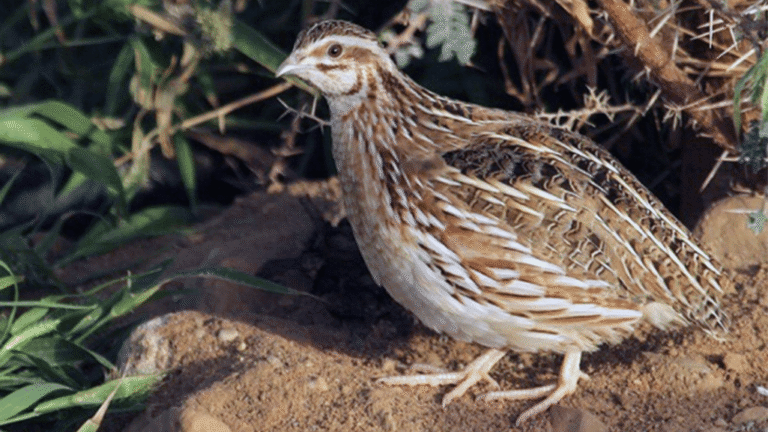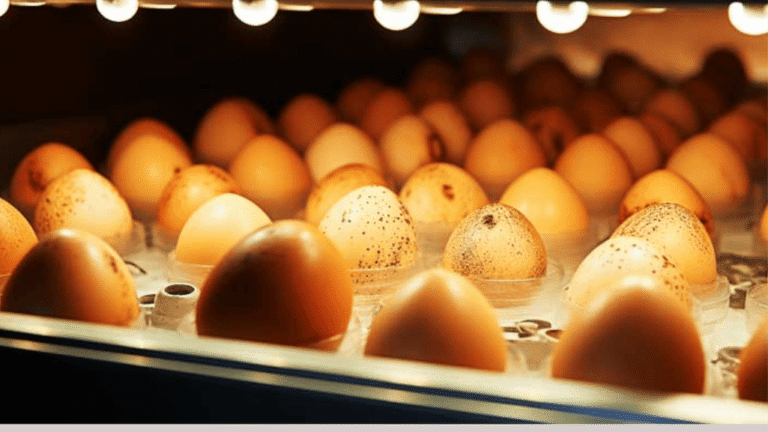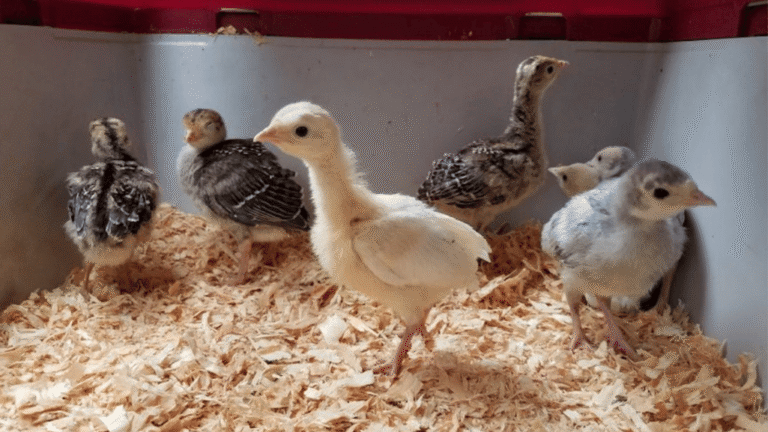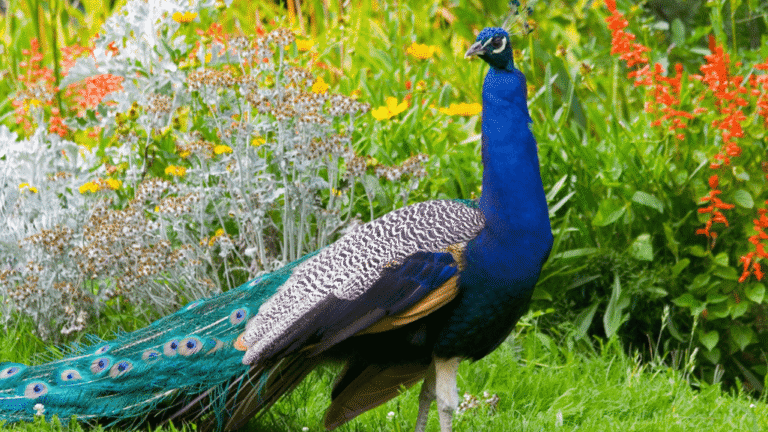Galliformes, which include domestic chickens, turkeys, and gamebirds, require proactive measures to prevent diseases and ensure their Galliformes Health. In this article, we will explore the importance of disease prevention in Galliformes and provide valuable insights into poultry health management, avian disease control, and bird biosecurity measures.
When it comes to raising healthy Galliformes, implementing effective disease prevention strategies is crucial. By following recommended practices, poultry farmers and gamebird raisers can minimize the risk of disease transmission and maintain the well-being and productivity of their flocks.
Key Takeaways:
- Proper disease prevention is essential for the health and productivity of Galliformes.
- Poultry health management and avian disease control are vital components of disease prevention.
- Implementing bird biosecurity measures is crucial to prevent disease transmission.
- Regular monitoring and timely veterinary care are key to effective disease prevention.
- Adhering to best practices in hygiene and sanitation is necessary to maintain a disease-free environment.
Understanding Galliformes Housing and Handling
Proper housing and handling are crucial aspects of disease prevention in Galliformes. Adequate shelter and appropriate handling practices contribute to the well-being and health of poultry flocks. Whether it’s chickens, turkeys, quail, or pheasants, providing suitable housing and implementing proper handling techniques are essential for minimizing the risk of disease transmission.
Housing Requirements for Galliformes
Galliformes, such as chickens and turkeys, require housing that is dry, frost- and weatherproof. This ensures that the birds are protected from the elements and potential stressors. Weatherproof shelters should be placed away from prevailing winds and direct sunlight to provide a comfortable environment for the birds. By maintaining optimal housing conditions, poultry farmers can reduce the likelihood of disease outbreaks and promote the overall health of their flocks.
Here are some key considerations for Galliformes housing:
- Provide adequate space to reduce stress and prevent overcrowding
- Ensure good ventilation to minimize humidity and ammonia build-up
- Implement effective bedding management for cleanliness and hygiene
- Regularly inspect and repair any structural weaknesses to maintain the integrity of the shelter
| Galliformes | Recommended Housing |
|---|---|
| Chickens and Turkeys | Weatherproof shelters away from prevailing winds and direct sunlight |
| Quail and Pheasants | Specific handling requirements to prevent injuries |
Proper Handling Practices
When handling Galliformes, it is important to be gentle and avoid the use of chemical restraints unless absolutely necessary. Supporting the wings and legs of the birds while handling them helps prevent injuries and stress. Gamebirds, such as quail and pheasants, have specific handling requirements that poultry farmers and gamebird raisers must adhere to. By following appropriate handling practices, the risk of disease transmission can be minimized, ensuring the well-being of the birds.
“Proper housing and handling practices are paramount for disease prevention in Galliformes. By providing weatherproof shelters and implementing gentle, careful handling techniques, poultry farmers can create a safe and comfortable environment for their flocks.” – Dr. Lisa Johnson, Avian Health Expert
Remember, maintaining proper housing and following appropriate handling practices are essential components of disease prevention in Galliformes. By ensuring their well-being, poultry farmers and gamebird raisers can protect their flocks and promote optimal health and productivity.
Importance of High-Quality Diet in Galliformes
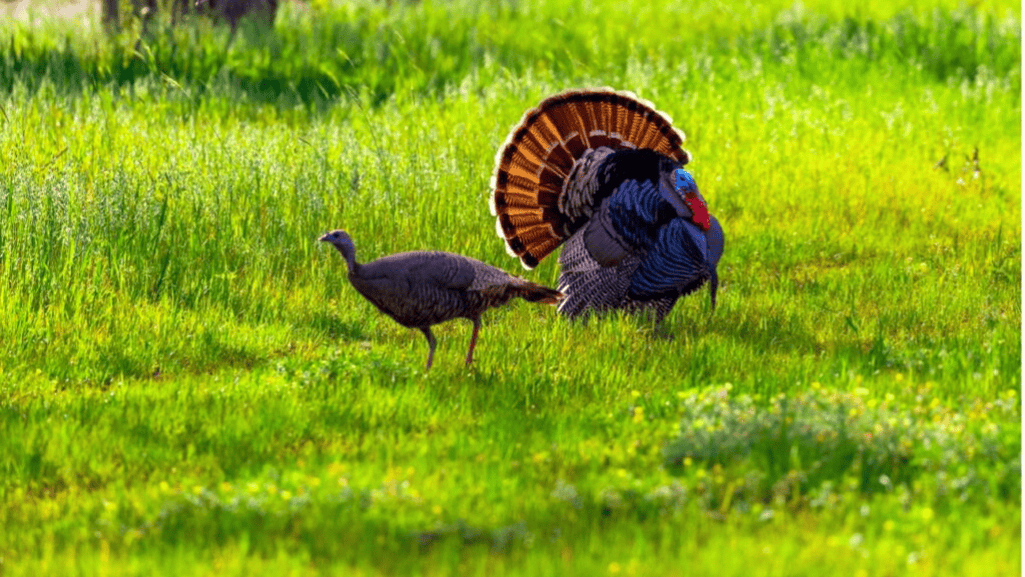 Providing a high-quality diet is essential for disease prevention in Galliformes. Domesticated species, such as chickens and turkeys, have specific dietary requirements that should be met to support their health and productivity. By prioritizing proper nutrition, poultry farmers can help optimize the overall well-being of their flocks.
Providing a high-quality diet is essential for disease prevention in Galliformes. Domesticated species, such as chickens and turkeys, have specific dietary requirements that should be met to support their health and productivity. By prioritizing proper nutrition, poultry farmers can help optimize the overall well-being of their flocks.
Commercial diets formulated for poultry at different life stages are readily available, providing a convenient option for meeting the nutritional needs of Galliformes. These diets are carefully balanced in terms of macronutrients and essential vitamins and minerals necessary for the birds’ optimal growth and function. By feeding their Galliformes a commercial diet, farmers can ensure that their birds receive the necessary nutrients in the proper ratios.
However, it’s essential to gradually introduce changes in the diet to ensure the birds accept and adapt to the new food. Abrupt dietary changes can lead to digestive disturbances and reduced food intake, affecting the birds’ health and performance. Instead, gradual transitions allow the birds to adjust and shift their dietary preferences over time.
When raising growing chicks, it’s important to provide them with abundant live food or suitable alternatives such as cottage cheese or hard-boiled eggs. These protein-rich options help meet the chicks’ increased protein requirements during their rapid growth phase. Supplementing the chicks’ diet with live food or alternative protein sources supports their healthy development and feather growth.
For adult Galliformes, a balanced diet should include various grains, game bird pellets, and fresh greens. These elements provide a diverse range of nutrients, including carbohydrates, proteins, fats, vitamins, and minerals. Offering a combination of different food sources ensures that the birds receive a well-rounded nutritional profile, supporting their overall health and productivity.
Different species within the Galliformes order may have specific dietary preferences based on their natural feeding habits and evolutionary adaptations. For example, gamebirds like quail or pheasants may prefer a diet rich in insects, seeds, or foliage. It’s important to cater to the specific dietary requirements of each species to support their unique nutritional needs. By carefully considering these preferences, farmers can effectively meet the avian dietary requirements of their Galliformes.
Overall, providing a high-quality diet is essential for disease prevention and the overall well-being of Galliformes. By offering a balanced, varied, and species-specific diet, poultry farmers can support the health, growth, and productivity of their birds, ensuring the success of their operations.
Galliformes Health
Biosecurity measures play a crucial role in ensuring the health and well-being of Galliformes in poultry farms. By implementing strict biosecurity practices, poultry farmers can effectively prevent the introduction and transmission of diseases, safeguarding their flocks. Here, we will explore key biosecurity measures that are essential for poultry farm management and avian disease control.
Biosecurity Protocols: A Key Defense Against Disease Spread
Implementing robust biosecurity protocols is vital to minimize the risk of disease spread within Galliformes farms. These protocols aim to restrict the entry of pathogens onto the farm premises and prevent their transmission between birds. Key components of biosecurity protocols include:
- Restricted access: Limiting the entry of visitors and personnel to essential individuals only reduces the potential for disease introduction.
- Physical barriers: Implementing suitable fencing and signage can help prevent unauthorized access and keep wild birds and animals away from the farm.
- Instrument and equipment hygiene: Regularly disinfecting tools, equipment, and vehicles that come in contact with birds minimizes the risk of cross-contamination.
- Footwear and clothing hygiene: Implementing strict protocols for footwear and clothing hygiene, including the use of footbaths and protective clothing, reduces the risk of disease transmission.
By adhering to these biosecurity practices, poultry farmers can significantly reduce the risk of avian disease transmission and maintain the overall health and productivity of their Galliformes flocks.
Disinfection Procedures: Ensuring a Disease-Free Environment
Regular and effective disinfection procedures are crucial in controlling the spread of avian diseases within Galliformes farms. By targeting key areas and materials that may harbor pathogens, poultry farmers can create a disease-free environment. Common disinfection measures include:
- Cleaning and disinfection of poultry housing facilities before introducing new birds or after an outbreak
- Disinfection of equipment, such as feeders and waterers, to minimize the risk of disease transmission
- Regular cleaning and disinfection of transportation vehicles to prevent the introduction of pathogens onto the farm
By following proper disinfection procedures, poultry farmers can effectively eliminate potential disease sources and minimize the risk of disease spread among Galliformes.
Regular Monitoring and Veterinary Care: Key Components of a Comprehensive Biosecurity Plan
Regular monitoring of bird health and access to veterinary care are crucial components of an effective biosecurity plan. By closely observing the flock’s condition and promptly addressing any signs of illness, poultry farmers can prevent the escalation of diseases within their Galliformes populations. Regular veterinary visits can help identify and treat diseases at an early stage, ensuring the overall health and well-being of the birds.
Recognizing Common Diseases in Galliformes
Understanding common diseases in Galliformes is crucial for effective disease prevention and management. Poultry farmers and gamebird raisers must be knowledgeable about avian diseases to safeguard the health of their flocks and mitigate potential risks. Recognizing the symptoms and challenges associated with these diseases is essential for timely intervention and appropriate treatment.
Avian Influenza
Avian influenza, also known as bird flu, is a highly contagious viral disease that can affect Galliformes. It manifests in different strains, some of which can be severe and even fatal. Symptoms of avian influenza include respiratory distress, coughing, sneezing, loss of appetite, weakness, and sudden death. Strict biosecurity measures, including quarantine protocols and vaccination, are critical for preventing the spread of avian influenza among bird populations.
Infectious Bronchitis
Infectious bronchitis is a viral respiratory disease that affects chickens and other Galliformes. It can lead to decreased egg production, respiratory distress, nasal discharge, coughing, and sneezing. Vaccination and biosecurity practices, such as maintaining clean and well-ventilated housing facilities, are essential for preventing and managing infectious bronchitis outbreaks.
Coccidiosis
Coccidiosis is a parasitic infection caused by protozoa of the genus Eimeria. It affects the intestinal tract of Galliformes and can cause severe diarrhea, weight loss, decreased growth rate, and even death in severe cases. Preventing coccidiosis involves implementing strict hygiene practices, such as regular cleaning and disinfection of housing facilities, as well as providing clean water and minimizing overcrowding.
Mycoplasma Infections
Mycoplasma infections, such as Mycoplasma gallisepticum and Mycoplasma synoviae, are bacterial diseases that can affect Galliformes. These infections can cause respiratory symptoms, such as coughing, sneezing, nasal discharge, and swollen joints. Biosecurity measures, such as quarantine and testing of newly introduced birds, are crucial for preventing the introduction and spread of mycoplasma infections.
Regular health monitoring, including routine checks for clinical signs and symptoms, is essential for early detection of common diseases in Galliformes. Diagnostic testing, such as blood sampling and necropsies, can provide accurate diagnoses and guide appropriate treatment plans. Additionally, implementing vaccination programs based on veterinarian recommendations can help protect Galliformes flocks from specific diseases.
By staying vigilant and proactive in disease recognition and management, poultry farmers and gamebird raisers can ensure the health and well-being of their flocks. Regular communication with veterinarians and adherence to best practices in disease prevention can significantly contribute to the overall success of Galliformes farming operations.
Maintaining Proper Hygiene and Sanitation Practices
Hygiene and sanitation practices are crucial for disease prevention in Galliformes. Regular cleaning and disinfection of housing facilities, equipment, and water sources are essential to minimize the risk of disease transmission. Proper waste management, including the removal and proper disposal of bird waste, is necessary to prevent the buildup of pathogens. Quarantine protocols for introducing new birds to a flock and routine health screenings can also help maintain optimal hygiene and prevent disease outbreaks. By prioritizing hygiene and sanitation practices, poultry farmers can create a safe and disease-free environment for their birds.
Proper hygiene and sanitation play an integral role in maintaining the health and well-being of Galliformes. It not only helps prevent the spread of diseases but also ensures the overall productivity and success of poultry farms. Here are some important measures to implement for effective hygiene and sanitation:
- Regular cleaning and disinfection: Clean and disinfect housing facilities, equipment, and water sources on a regular basis to eliminate potential sources of contamination. Use appropriate disinfectants that are effective against a wide range of pathogens.
- Bird waste management: Properly remove and dispose of bird waste to prevent the accumulation of harmful bacteria and parasites. Regularly clean and disinfect bedding material to maintain a clean and healthy environment.
- Quarantine protocols: Implement quarantine procedures for introducing new birds to a flock. Quarantine areas should be separate from existing flocks to prevent the potential spread of diseases.
- Health screenings: Conduct routine health screenings to identify any signs of illness in the flock. Promptly isolate and treat sick birds to prevent the spread of diseases to healthy individuals.
Implementing these hygiene and sanitation practices not only helps prevent the spread of diseases but also promotes the overall health and well-being of Galliformes. By maintaining a clean and disease-free environment, poultry farmers can ensure the success and productivity of their operations.
Proper hygiene and sanitation practices are crucial for disease prevention in Galliformes. Regular cleaning and disinfection, efficient waste management, and implementing quarantine protocols and health screenings are essential measures to maintain optimal hygiene on poultry farms. By prioritizing these practices, poultry farmers can create a safe and healthy environment for their birds, minimizing the risk of disease outbreaks and ensuring the overall well-being of their flocks.
Conclusion
Disease prevention is of utmost importance in maintaining the health and productivity of Galliformes poultry flocks. By implementing a comprehensive approach that encompasses proper housing and handling practices, providing high-quality diets, implementing biosecurity measures, recognizing common diseases, and maintaining hygiene and sanitation practices, poultry farmers and gamebird raisers can effectively mitigate the risk of disease transmission and ensure the optimal health of their birds.
To achieve effective disease prevention in Galliformes, regular monitoring and timely veterinary care are essential. By staying informed about the latest best practices and advancements in poultry health management, farmers can proactively address any potential issues and take necessary precautions to safeguard their flocks.
By prioritizing disease prevention, farmers can raise healthy and thriving poultry flocks, contributing to the overall success of their operations. Effective disease prevention in Galliformes is not just about maintaining the health of individual birds but also ensuring the long-term sustainability and profitability of the poultry industry as a whole.
FAQ
Why is disease prevention important in Galliformes?
Disease prevention is crucial for maintaining the health and productivity of Galliformes, including poultry and gamebirds. Implementing effective disease prevention strategies helps minimize the risk of disease transmission, ensures optimal health in the birds, and contributes to the success of poultry farming and gamebird raising operations.
What are the key housing and handling practices for disease prevention in Galliformes?
Proper housing and handling are essential for disease prevention in Galliformes. Birds should be provided with dry, weatherproof shelters placed away from prevailing winds and direct sunlight. Care should be taken to handle the birds without chemical restraint and to support their wings and legs. Gamebirds have specific handling requirements to prevent injuries as well.
What should be included in the diet of Galliformes for disease prevention?
Providing a high-quality diet is crucial for disease prevention in Galliformes. Domestic chickens and turkeys have specific dietary requirements, and commercial diets formulated for poultry at different life stages should be used. Growing chicks may require live food or alternative options like cottage cheese or hard-boiled eggs. Adult Galliformes should be fed various grains, game bird pellets, and fresh greens. Different species may have specific dietary preferences that should be catered to.
What are the biosecurity measures to implement on Galliformes farms for disease prevention?
Biosecurity measures play a crucial role in disease prevention on Galliformes farms. Strict biosecurity protocols should be followed, limiting the entry of visitors and implementing disinfection procedures. Regular monitoring and access to veterinary care are also important. By implementing robust biosecurity measures, the risk of disease spread can be minimized, ensuring the overall health of the birds.
What are some common diseases in Galliformes that should be recognized for effective disease prevention?
Avian influenza, infectious bronchitis, coccidiosis, and mycoplasma infections are common diseases that can affect Galliformes. Each disease presents unique symptoms and challenges for treatment and prevention. Regular health monitoring, timely diagnostic testing, and vaccination programs are important in mitigating the impact of these diseases and ensuring the health of the birds.
What hygiene and sanitation practices are essential for disease prevention in Galliformes?
Regular cleaning and disinfection of housing facilities, equipment, and water sources are crucial for disease prevention in Galliformes. Proper waste management, including the removal and proper disposal of bird waste, is necessary to prevent the buildup of pathogens. Quarantine protocols and routine health screenings should also be implemented. Prioritizing hygiene and sanitation practices creates a safe and disease-free environment for the birds.
How can effective disease prevention contribute to the success of Galliformes operations?
Effective disease prevention in Galliformes, including poultry and gamebirds, ensures optimal health and productivity. By implementing proper housing and handling practices, providing a high-quality diet, implementing biosecurity measures, recognizing common diseases, and maintaining hygiene and sanitation practices, poultry farmers and gamebird raisers can minimize the risk of disease transmission and raise healthy and thriving flocks. Regular monitoring, timely veterinary care, and adherence to best practices are essential for effective disease prevention.
